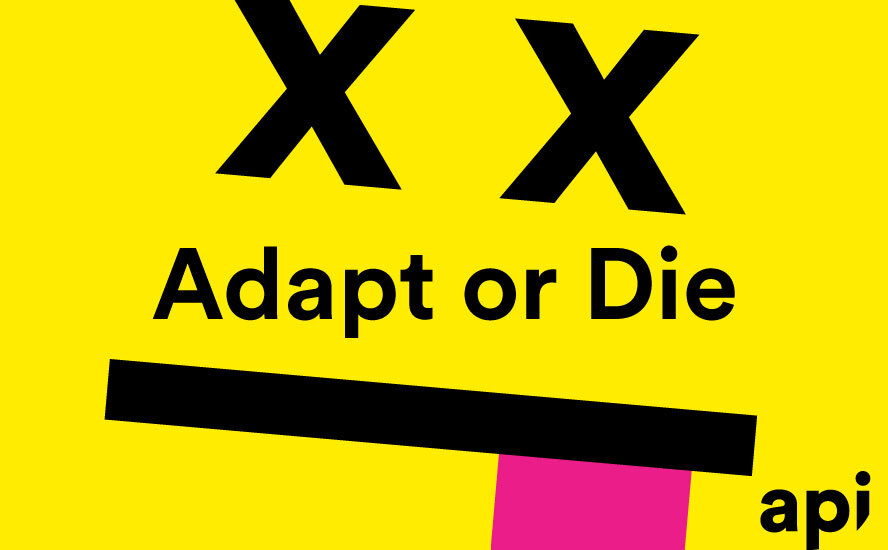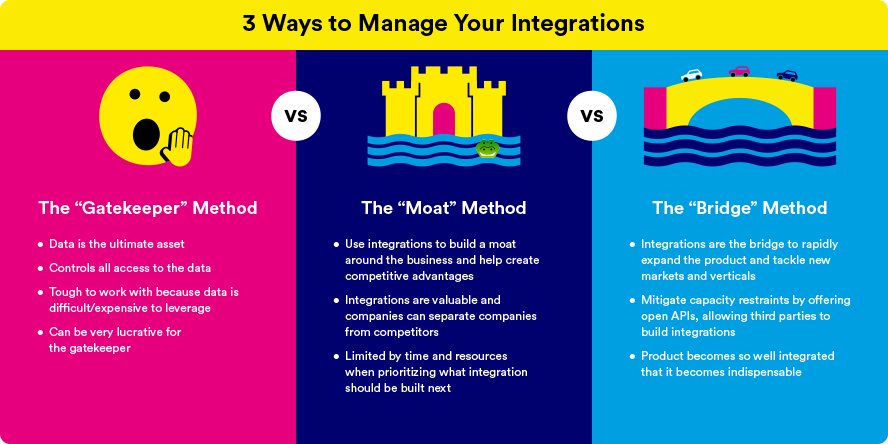
By Cameron Crossett, Product Manager
One of my favorite movies is Moneyball, which tells the story of 2002 Oakland Athletics and their pursuit of winning a World Series championship on a significantly smaller budget than other teams. The movie depicts Billy Beane, who is Oakland’s GM, embracing a new methodology for building a team. The new method was focused on finding players using computer analytics who were undervalued by baseball as a whole, but had the skills and ability that when combined could help elevate the team as a whole. It is the ultimate example of the whole being greater than the sum of its parts.
In the movie, there is a heated exchange between Billy Beane and his head scout Grady Fuson. Grady believes that Billy is destroying the team and baseball tradition by embracing these new computer metrics and evaluations. Grady is deeply entrenched in the “old school” methodology of using talent scouts and relying on gut instinct. He feels like he is being betrayed and all of this contention boils over during an argument between them. Grady is very blunt and believes that this new approach will fail miserably. He is almost pleading with Billy to reconsider his approach. When Grady finally takes a breath, Billy’s only response is to simply say “Adapt or die!” all while exuding a feeling of exasperation with the situation. Ultimately, the conversation ends with a verbal altercation and Grady is sent packing.
I love how straightforward Billy’s approach to this situation is. In his mind, it is as simple as “Adapt or die!” Billy knows that he is going against 150 years of baseball tradition. He knows that he might fail. He knows this move could cost him his job. In the end, though, he knows this is what he has to do and he is committed to seeing it through. Billy would rather adapt and take a risk that might not work out, as opposed to sitting back and dying a slow death. He knows that if things stay the same regarding how he runs a small market baseball team that it is really the equivalent of rearranging the deck chairs on the Titanic.
In today’s day and age, everyone in the tech space is coming to understand that integrations have to be a fundamental part of your business and product strategy. Gone are the days when a single vendor or solution can be great at everything. There are too many creative and smart individuals dotting our planet that are coming up with new and innovative ways to complete a task or improve a process. I have worked with various companies and their philosophies regarding integrations have been vastly different. As I said, everyone knows they are important, but the way a business manages their integrations is very telling and can give you insight about how they view their business.

The Gatekeeper
Some businesses believe in the “gatekeeper” approach, which is to say, they believe that they need to control all of the data and provide very limited access to partners. These businesses believe that data is the ultimate asset and while data is an asset, the value of the data is inherently tied to the ability to use and leverage it. Few companies actually want to work or partner with a company that uses this gatekeeper method as it often makes it difficult for every other part of your business to function. Usually, other businesses partner with gatekeepers out of sheer necessity. One of the primary reasons companies take this approach is that it can be very lucrative to be a gatekeeper. However, if a gatekeeper were a person, they are the type of person who is picked last on the playground when you divide up teams. Just sayin’.
The Moat
Another approach to integrations is the “moat” method. These companies use integrations to build a moat around their business and help create some competitive advantages. I actually really like companies that use the moat method because their perspective is more collaborative than those of gatekeepers. Moat companies understand integrations are valuable and that they can separate themselves from their competitors by offering more integrations. However, moat companies are usually limited by time and resources when it comes to prioritizing what integration they should build next. You could have a wish list of your top ten integrations and week after week, numbers three through ten might change. These changes happen for a variety of reasons including potential revenue, effort, etc., but the point is there are always going to be capacity limitations and you are never going to be able to move as fast as you want.
The Bridge
To be clear, there are pros and cons to being a gatekeeper or moat-type company and it might best suit your business to take that approach. However, in the spirit of the “adapt or die” attitude, might I suggest adopting the “bridge” method to integrations. Rather than looking at integrations as simply a piece to your business that can help increase sales and defend against competition, look at integrations as the bridge to rapidly expand your product and tackle new markets and verticals that were previously untapped. Think about how many integrations you could have if you open APIs and allow others to build to your specifications. Having an attitude like this towards integrations helps mitigate the capacity restraints that moat companies experience.
Part of this “bridge” mentality is also being open to how you build or create these integrations. The old-school method rests on you building everything and having complete control. A new adaptive attitude is open to buying these integrations from third parties or aligning yourself with an integration partner that charges you a toll for using an integration. Relinquishing control can be a tough mental hurdle to get over, but when looked at analytically it can make a lot of sense. Is it possible that an integration built by someone other than yourself ends up breaking? Yes, but it is probably just as likely that your integration would also break. There are also major cost savings to only pay for what you use. Everything with the bridge mentality is designed to allow you to focus on your own product or tool and allow for rapid expansion via integrations.
Through this approach, your product becomes so well integrated with all of the other tools that your customers use that you make yourself indispensable. Your customers use your product because it solves a problem for them, however, your impact grows far beyond solving a single problem and you transform yourself into a hub. A hub that is so interconnected that it is unthinkable for a customer to stop using your tool. The switching costs simply become too high. Your customers realize that if they wanted to make a change, it isn’t just one change, but dozens of changes that are required. Even more importantly, by using an integration partner and adopting a bridge mentality, you can remain committed to your own product and continue to innovate and grow. Engineering teams and product managers can remain focused on iterating and finding product-market fit. Let the gatekeepers sit there and nickel and dime everyone to death. Let the moat companies enjoy their success but remain blind to the full picture. Gates and moats by their nature are designed to create separation and isolation. Bridges on the other hand bring things together. What were once separate are now connected after a bridge is built and using a service like AwesomeAPI means that you don’t even have to know how to build every type of bridge. Adapt. Don’t die. Go allow your product to have bridge after bridge built out from it and create an interconnected product that can live on forever.